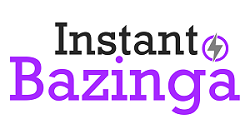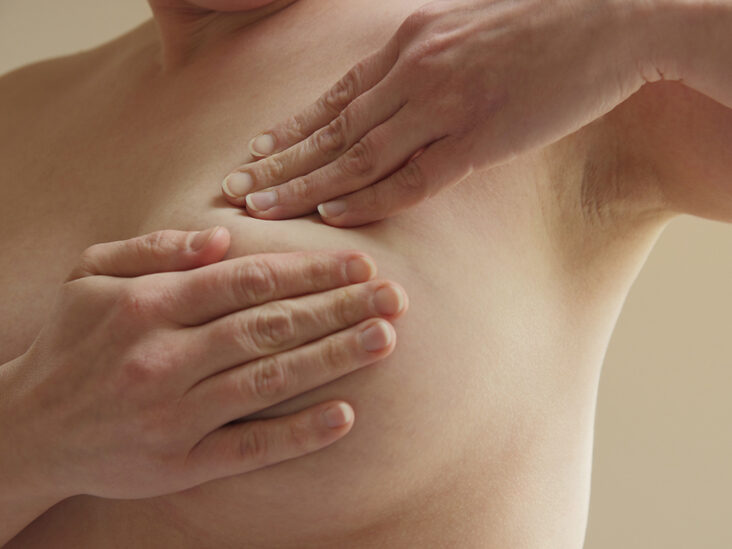The National Cancer Institute and other public and private entities continue in-depth research on preventing and fighting breast cancer.
When it comes to breast cancer treatment Orange County, no stone is left unturned as experts work to give patients the care they need and peace of mind.
In the meantime, here’s what you need to know about the different levels of breast cancer.
Breast Cancer Stages and Symptoms
Stage 0: This is cancer’s first warning. The region might have abnormal cells, which haven’t been disbursed, so they can’t be substantiated as cancer.
Stage 1: This is considered the onset of breast cancer with a tumor less than two centimeters, although some tiny cancer clumps might exist in the lymph nodes.
Stage 2: This means cancer has begun to spread, and several lymph nodes might have it. Also, the tumor might exceed two centimeters.
Stage 3: Doctors view this level as a higher form of breast cancer. The tumor can be big or little, spreading to the chest and numerous lymph nodes. Often, cancer has overrun the skin of the breast resulting in ulcers and inflammation.
Stage 4: At this stage, the cancer is no longer just in the breast but has covered other body sections.
This level of cancer, also known as metastatic breast cancer, is the most advanced stage. The cancer is able to impact essential organs at this point and is no longer able to be eliminated.
Stage Four Breast Cancer Common Symptoms
The main symptom is the breast lump, which can be detected early if women get a mammogram or other cancer screening techniques.
Changes in the skin can also occur in the nipple area like a tingle, flakes, dryness, or a reddish look.
They can experience nipple discharge that may look yellow, pus-like, or possibly bloody.
Breast discomfort and pain, fatigue, insomnia, upset stomach, loss of appetite, weight loss, and shortness of breath are other symptoms.




